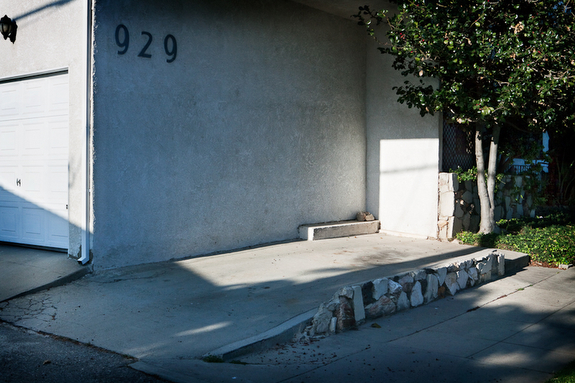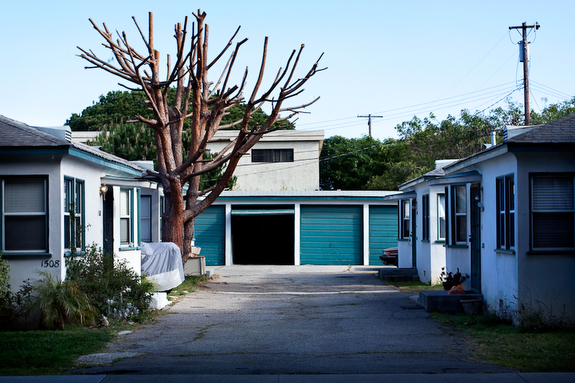
“The familiar as such, precisely because it is familiar, is for that very reason not known.” — Hegel
During the darkest moments after the housing crash of 2008, the lauded American dream of owning a home seemed to have died an unceremonious death. The talking heads on TV posed apartments to be a new, lesser dream for the masses. At the depths of the crisis, I happened to be living in an apartment in Santa Monica, California. When I first heard this pejorative narrative about settling for apartments it merely annoyed me. After all, I’d lived in apartments all of my adult life. So too, most of my friends, both in Los Angeles and elsewhere, lived in apartments. But after my initial irritation subsided, I started obsessing about the tangled texture of the apartment landscape that sprawled all around me.
Over the course of five years I restlessly wandered and re-wandered a ten block radius around my “Apartment Home” (as the sign that advertised for vacancies called the units). The apartment building landscape in this ocean-side town seemed designed to hide humanity. Deep and densely armored with stucco the architecture pushed the outside world to the edges of the lots. The ever-shifting neighbors were anxiously present precisely because of their absence. Their discarded furniture and housewares were the only hints of their fleeting presence.
The more time I spent wandering out amongst the apartment-scape the more clear my position as the observer of poetic nothings solidified. I could never know even a fraction of the stories happening all around me. But when the world seems the most scrambled, the camera creates a pause in my anxious searching. A pause to notice the small clues hidden in plain site about what make up a home. Like the end of a relationship, the landscape is forged of a simultaneous lack and overabundance of imagination. Under the camera’s scrutiny the most familiar places break apart and become increasingly alien. The most familiar places are often the hardest to see, but they leave traces projected on the outside world — a spiral of images that leads ever inward.
— Eron Rauch, Los Angeles, California, USA
